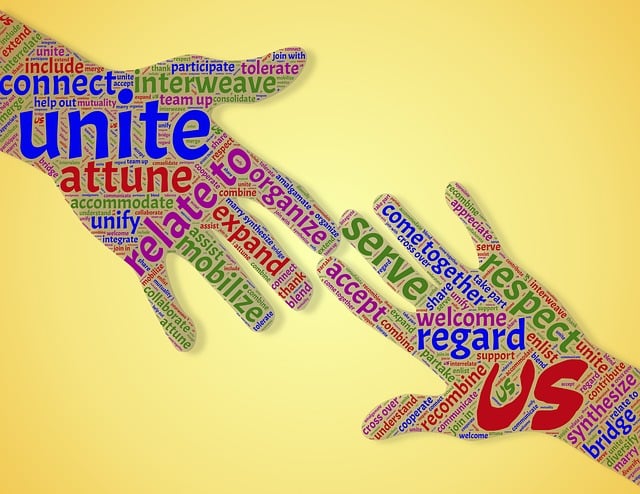Oregon's child welfare system relies on a strategic partnership between local social service departments, state supervision bodies, and attorneys to protect at-risk youth. This collaborative approach, focusing on attorney collaboration Oregon, ensures efficient navigation of complex legal and social services, upholding rights and providing comprehensive support for vulnerable children and families. Through knowledge sharing and resource pooling, legal teams enhance representation quality, driving positive transformations within the state's child welfare system.
In Oregon, the child welfare system plays a crucial role in ensuring the safety and well-being of vulnerable children. For attorneys representing these families, navigating this complex landscape requires strategic collaboration. This comprehensive guide explores how legal professionals can effectively work with social workers and courts to optimize outcomes. By understanding Oregon’s child welfare process, leveraging clear communication channels, and adopting collaborative strategies, attorneys can significantly impact the lives of their young clients, ensuring a brighter future for all involved.
- Understanding Oregon's Child Welfare System and Attorney Collaboration
- – Overview of Oregon's child welfare process
- – The role of attorneys in representing children and families
Understanding Oregon's Child Welfare System and Attorney Collaboration

Oregon’s child welfare system is a complex web of services designed to protect and nurture at-risk children. At its core, the system involves various agencies, from local departments of social services to state-level supervision bodies, all working together to ensure the well-being of Oregon’s youth. Understanding this intricate network is crucial for any attorney involved in child welfare cases, as it forms the foundation for effective collaboration.
Attorney collaboration in Oregon goes beyond mere co-operation; it’s a strategic partnership aimed at delivering optimal outcomes for vulnerable children and families. By joining forces, legal professionals can navigate the system more efficiently, ensuring that the rights of children and their families are upheld while accessing the necessary resources and support. This collaboration is particularly vital during legal proceedings, where attorneys can work alongside case workers, therapists, and other experts to create comprehensive plans that address all aspects of a child’s needs.
– Overview of Oregon's child welfare process

Oregon’s child welfare process involves a intricate web of services aimed at ensuring the safety and well-being of vulnerable children. The state operates through various agencies, including the Department of Human Services (DHS), to investigate reports of abuse or neglect, provide temporary care, and work towards permanent placements for youth. This multi-faceted approach emphasizes not just immediate intervention but also long-term support for children and families.
Attorneys play a crucial role in this system, representing both children and parents while collaborating with caseworkers and other professionals. Attorney collaboration in Oregon is encouraged to navigate the complex legal and social services landscape effectively. By working together, these stakeholders can ensure that the rights of all involved are protected and that decisions are made in the best interest of the child.
– The role of attorneys in representing children and families

Oregon child welfare cases are complex, requiring attorneys to work collaboratively for the best interests of involved children and families. Attorneys play a pivotal role in advocating for these vulnerable populations, ensuring their rights are protected throughout legal proceedings. Through attorney collaboration, legal teams can share knowledge, resources, and strategies, leading to more effective representation and ultimately better outcomes for children and families navigating challenging circumstances. This collaborative approach is essential to achieving positive, lasting change in Oregon’s child welfare system.






